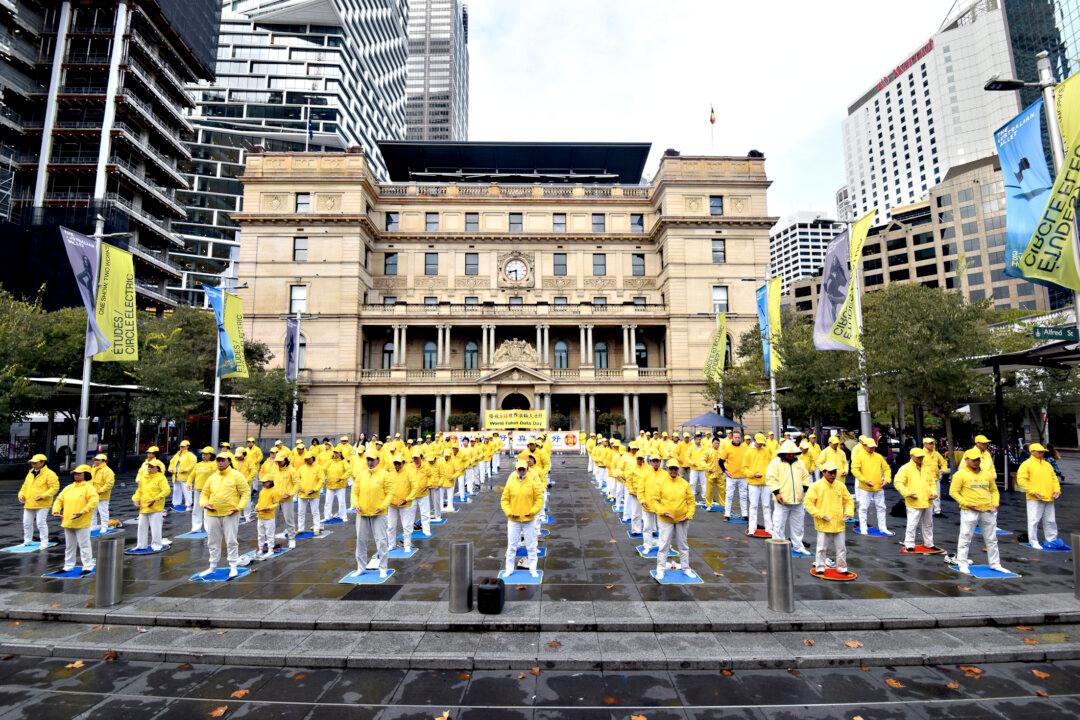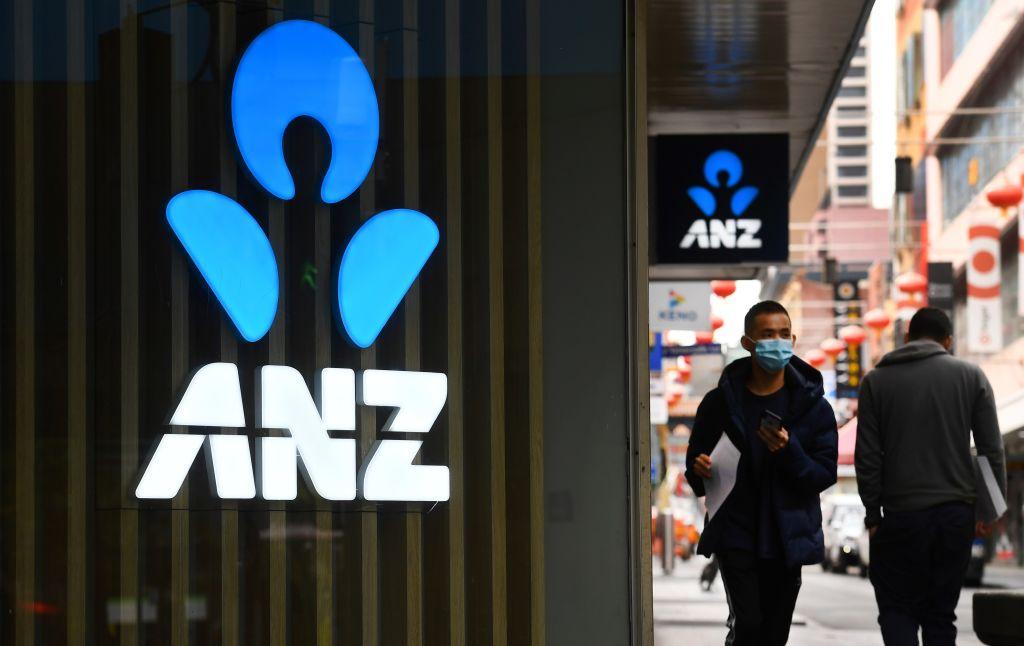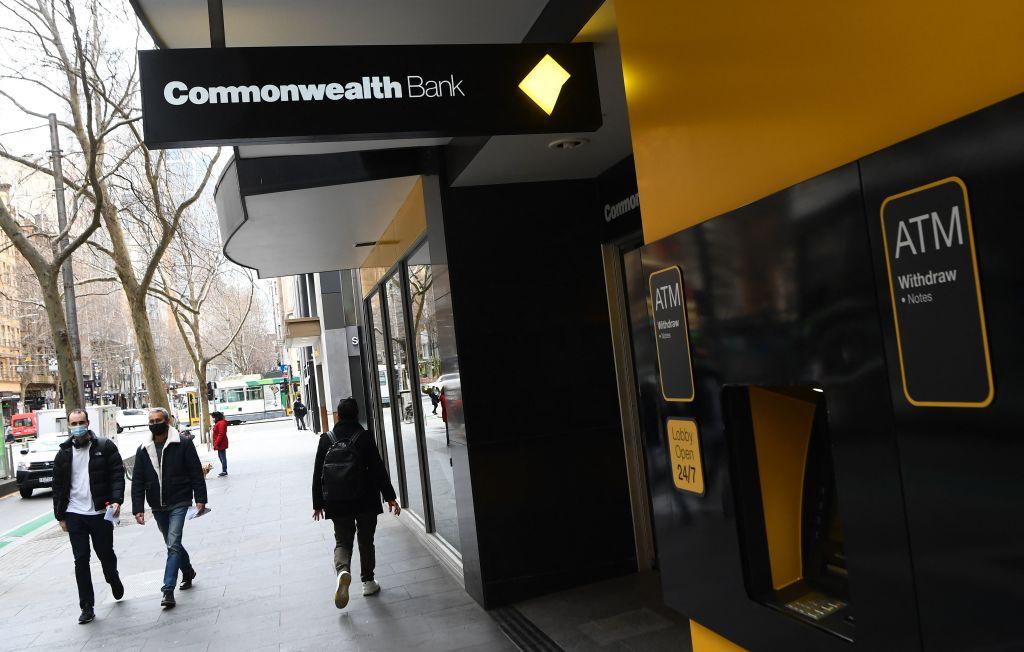Australia’s small business ombudswoman Kate Carnell is urging the federal government to introduce a revenue-contingent loan scheme for small businesses to provide them with much-needed cash flow during the “perfect storm” induced by the CCP (Chinese Communist Party) virus, commonly known as novel coronavirus.
The renewed call comes amid growing concerns over the imminent end of the JobKeeper subsidy and other support measures to small businesses, many of which are still struggling to recover from the economic fallout of the COVID-19 crisis.





